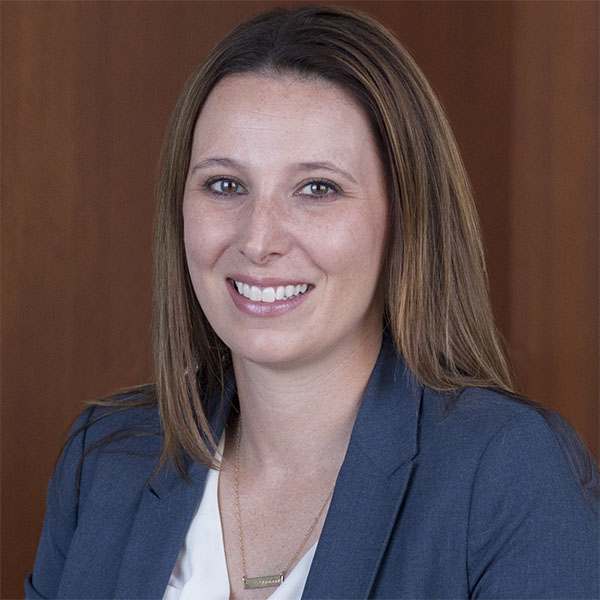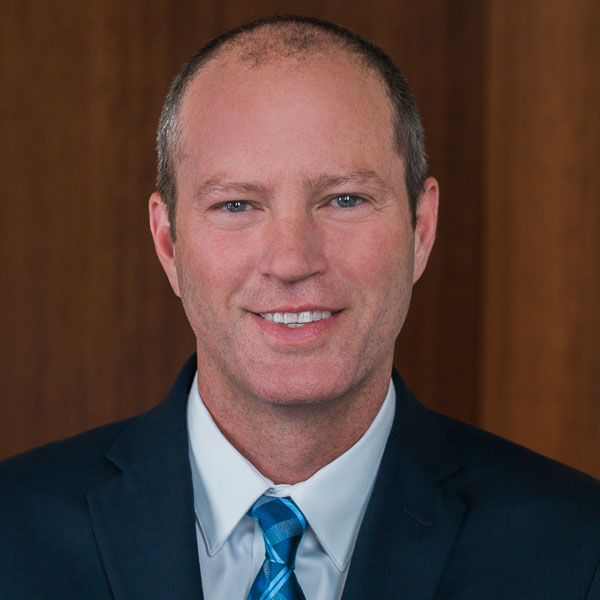Forget rocking chairs, sandy beaches or manicured fairways. Far from equating retirement with slowing down, today’s investors see it as the start of a third stage of life full of reinvention and promise that could last as long as 30 years.
That’s according to Capital Group's 2022 research featuring longevity and retirement experts, along with 18 investors across the country in various stages of retirement. What’s more, the research suggests that advisors may want to consider changing how they engage with clients so that they can become the retirement advisor today’s retirees want.
“Modern retirees want to know that their financial professionals are in sync with their goals for a fulfilling third change of life,” said Mike Van Wyk, vice president, customer research and insights at Capital Group. “The financial piece is important, but not as an end in itself. Clients see money as a tool to help them achieve their new vision of retirement.”
The demographic “silver tsunami” is well underway. More than a third of Americans are over the age of 50, and that percentage that will get only larger over the next two decades, according to a 2020 study by the American Association of Retired Persons*. Financial professionals looking to serve this group may need to update their assumptions and their retirement planning strategies.
Here are four steps to reinvent your retirement playbook.




